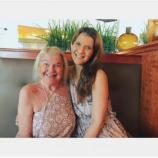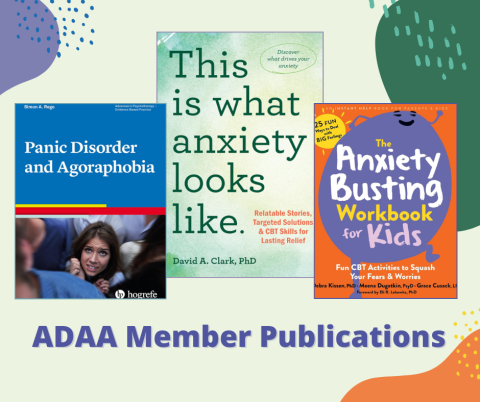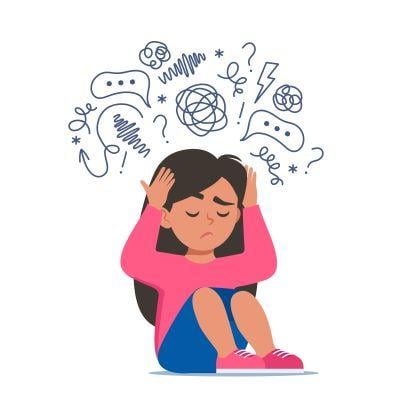Mindfulness for Sickness and Pain
Mindfulness for Sickness and Pain

Sensations of pain and illness in our bodies naturally grab our attention. Noticing an aching in our neck or back can remind us that it’s time to get up from the computer and stretch or readjust our position so that we don’t injure ourselves. Awareness that our throat is scratchy or we have a headache can remind us to rest, nourish, and hydrate our bodies in the hopes of avoiding a serious cold.
This attention to pain and illness also naturally evokes emotional responses. We may feel scared of a sensation of pain, or worried that some physical experience indicates something serious is wrong with us. We may feel sad that we aren’t able to do something physically or cognitively that we used to be able to do, or angry at whatever circumstances led to this state. These emotional responses are also natural and we can notice and allow them, learn whatever information they have to offer, and refocus on what matters to us to live a values-based life.
And yet, while attending to these physical experiences serves an important function, that attention can also easily lead to a process that intensifies and worsens our physical and emotional suffering. We might notice a headache and become convinced it’s a sign of a brain tumor and then find ourselves careening down a flood of thoughts related to this feared outcome. We can get caught in wishing things were other than they are and thereby expend energy fighting the way things are in ways that amplify our suffering.
Over Memorial Day weekend, in a 24 hour period, I spilled scalding hot tea on myself causing a massive first-degree burn across my foot and ankle and also tested positive for Covid for the first time since the pandemic began. This was somehow a fitting end to an academic year that started with an early-stage breast cancer diagnosis in August and has had a backdrop of surgery, radiation, and learning to tolerate the side-effects to prophylactic endocrine therapy that will (theoretically) reduce the chances that my body grows another tumor.
These experiences (along with the realities of growing older) have given me an opportunity to directly practice with an awareness of sickness and pain and to notice how easily my mind can be carried away. Ultimately, I think it is valuable to notice these things and begin to work with my mind in relation to them—even though of course I also wish I didn’t have to.
I have followed Psychology Today blogger Toni Bernhard since she published How to Be Sick over a decade ago and I am grateful to her and others who work in this area for the guidance they provide for each of us as we navigate these experiences in our own lives. Here I share a few insights for working with pain and illness that draw from that wise work and my own lived experiences.
- Expand gentle awareness. When I initially burned my foot, all of my attention went to the pain and my fear about what was happening and what the consequence would be (I wondered if amputation would be required). Over time (and with the help of a cool bath, silver sufladiazine, and aloe and lots of support from my partner), I was able to expand my awareness so that I could notice the sensations in my foot while also noticing the rest of my body, the sounds outside my window, the taste of food, etc. It can be easy to either habitually push away painful sensations or to focus exclusively on them. Either extreme can increase our difficulties. Instead, we can work with our attention so that the pain and illness are part of our experience, but not all of it or all of us.
- Practice self-compassion. When we feel unwell or hurt, we naturally yearn for care and compassion from others. While we can and should ask for what we need from others, we can also offer this care to ourselves, gently, again and again. When I spilled the tea on myself (due to a problematic choice I made to put a cup of very hot tea on the arm of a chair I was sitting on, instead of securely on the table), a lot of critical thoughts naturally arose for me. When I was able to notice this and bring compassion to my experience instead, I stopped expanding my distress and could focus instead on the situation at hand, and in doing so, I found the physical pain more manageable.
- Choose effective action. The reason our body sensations so strongly pull our attention is that sometimes there’s something that we can do in response to them. When my foot was in excruciating pain, a cool bath, a consult with a medically trained friend, and a call to urgent care helped me to respond in ways that limited the damage to my foot. When I sensed I had a fever, I took an antigen test and then got Paxlovid and isolated myself so that I could keep from infecting others and minimize my symptoms. When I was tired from radiation, I revised my schedule so that it would be less depleting and I would be able to do what I needed to do, but not waste energy on things that weren’t as necessary. Our compassionate, gentle awareness can help us to discern what the best course of action is (along with consultation with experts, including coaches and therapists).
- Tolerate uncertainty. Often we can’t and don’t know for absolute certain what the best action will be and so we have to learn to tolerate this and make our best guesses, evaluate, and try something different as needed. When I noticed initial significant mood changes from the endocrine therapy, my oncologist suggested I could start antidepressants to address this. On the one hand, I wanted to address the mood effects. On the other hand, I was already dealing with side effects from new medications and was hesitant to add another medication with potential side effects to the mix. I tried to find the “right” answer, but had to accept that there wasn’t a clear right answer. I chose to wait a month to see if the mood effects subsided, and they did. My oncologist often asks me if a side effect is “tolerable” or if I want to go off the current endocrine therapy and try a different medication. Again, there’s no way to know the right answer to this, and there’s no objective way to determine how much I can or should tolerate. I try to practice compassion for myself in those situations, remind myself that there is no right or wrong, and then use my best judgment and continue to monitor the impact on my life.
- Recognize that physical sensations matter but they do not define you. As we work with temporary or chronic illness and pain, it is easy to become entangled in our sensations, our fears about our sensations, and our worries about the future. Again, we can work toward some kind of balance here. The experiences we are having naturally impact us and it is okay for them to take some of our attention and our energy. At the same time, we can remember that there are other things in our life and the world beyond this pain or illness. A recent study by Fadel Zeidan and colleagues found that four 20-minute sessions of mindfulness reduced pain intensity through interrupting communication between the area of the brain associated with pain sensation and the network involved in self-referential processing. In other words, practices that facilitate a separation of a sense of self from sensations of pain can diminish the intensity and discomfort of the pain.
With practice and intention, we can use our awareness to help us to identify pain or illness that requires action, cultivate compassion toward ourselves and the difficulty of our experiences in our bodies, recognize that we are more than these sensations and experiences, and live full lives even amid of sickness and pain. And, perhaps, we can secure hot liquids more effectively in the future.




















